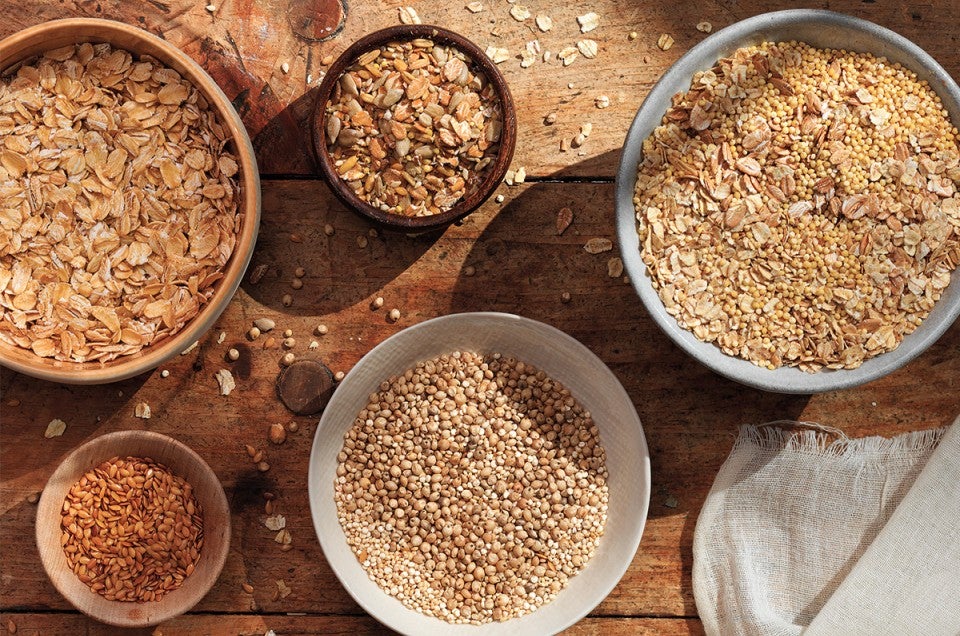


Here at King Arthur, we take our flours pretty seriously — wheat or otherwise — and right now we're hooked on ancient grains. I mean, what’s not to love? They have unique flavors. They contain a variety of yummy nutrients. Plus, they’re fun to pronounce. (Say it with me: quinoa.)
Since welcoming three more ancient grain flours — amaranth, quinoa, and teff — into the test kitchen, we haven’t stopped baking with them. Baking with ancient grains has enhanced our breakfast cookies, given our breads new life, and jazzed up our crêpes. But you don't need special recipes to incorporate more ancient grains into your baking.
Enter our Complete Guide to Baking with Ancient Grains, the product of months and months of testing. We wanted to create a go-to, easy-to-follow resource for mixing ancient grains into some of our classic recipes like pancakes and muffins.
Here's a peek at how the guide came together and some key baking lessons we learned along the way.
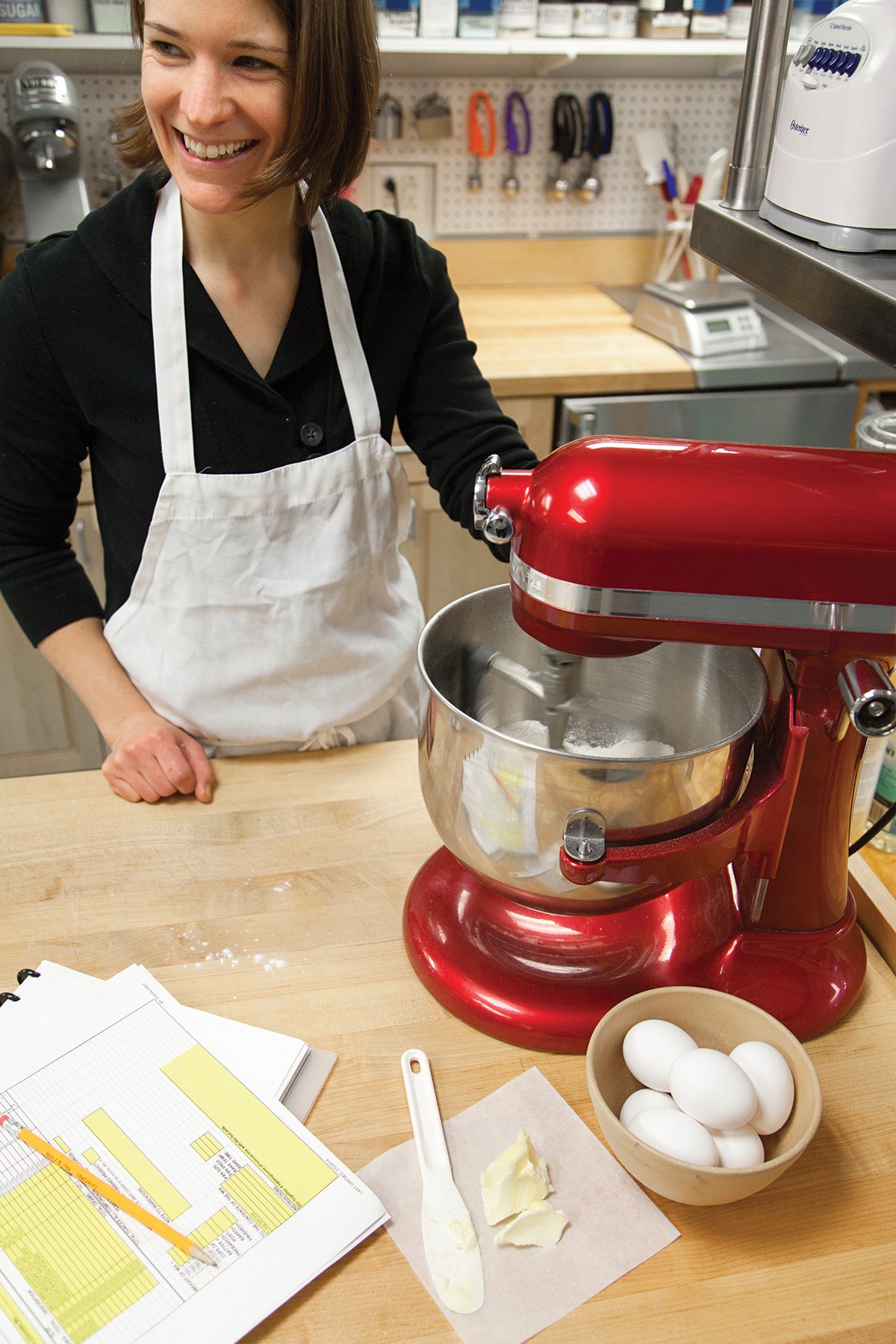
To make sure our guide was the resource for incorporating ancient grains into baking, I had some brainstorming to do.
My first task was to decide which ancient grains to test. Easy! With a simple shop around our test kitchen and local grocery store, I came up with a list of eight flours that are tasty, popular, and generally accessible: amaranth, barley, buckwheat, Kamut, millet, quinoa, spelt, and teff.
These eight ancient grains are versatile enough to include in many standard recipes; just swap out some of the all-purpose flour for an equal amount of ancient grain flour. Our R&D team has had great success doing this at a 25% substitution (i.e. it has replaced 25% of the all-purpose flour with an ancient grain flour in many recipes without significantly altering the flavor and texture of the baked goods). This was a great place to start, but I was eager to dig deeper. Would substituting more than 25% of spelt or millet flour yield disastrous results? If I put in 100% teff or amaranth flour, would I discover fantastic new combinations?
Next, I had to pick recipes for testing. This wasn't as easy. With literally thousands of recipes on our website, it was hard to even know where to start. With some collaboration, though, I narrowed my focus to breakfast baking, a natural fit for these wholesome grains. From there, I chose five customer favorites: Banana Bread, Basic Muffins, Scones, Simply Perfect Pancakes, and Cinnamon Bread.
Now I had a plan: I would substitute 100%, 50%, and 25% of each ancient grain flour in each recipe.
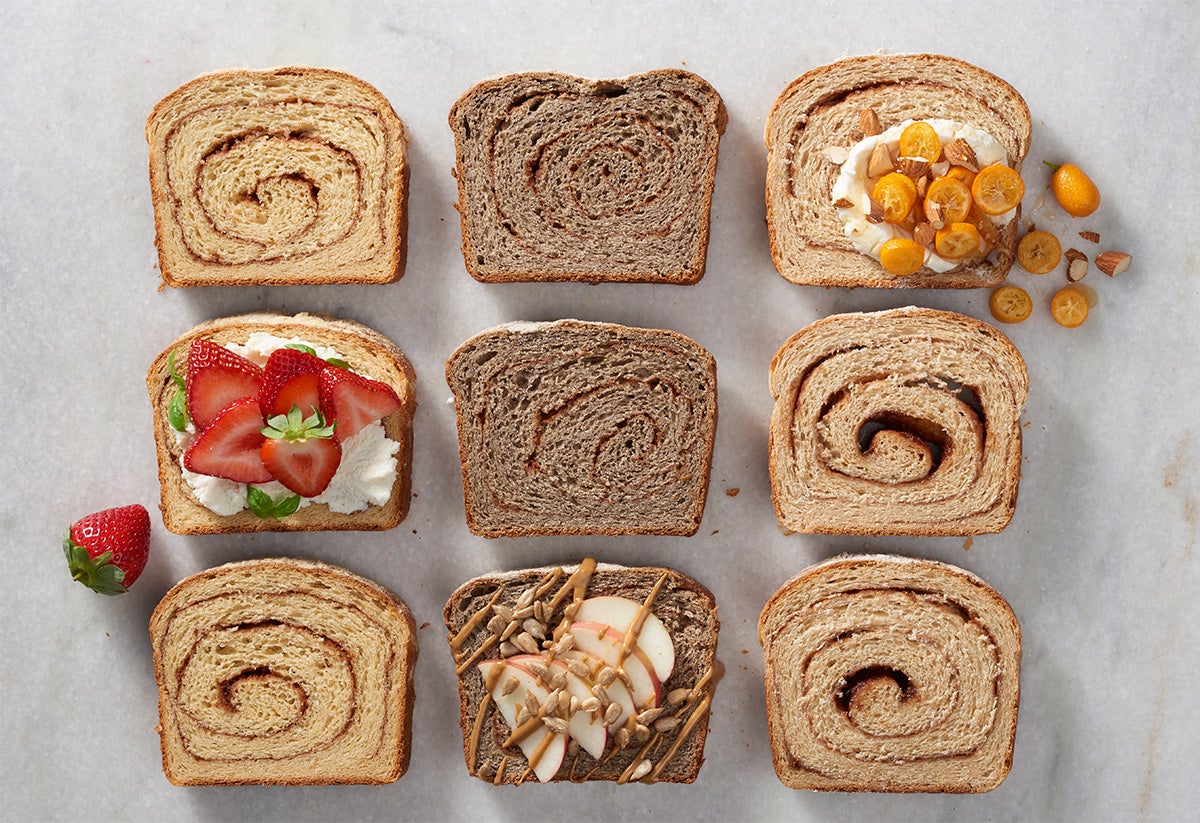
In the comfort of King Arthur Flour's test kitchen, I worked through 32 batches of each breakfast item. At the end of each day, I taste-tested and analyzed everything, oftentimes recruiting my fellow employee-owners and family members (lest you think that I didn’t share).
It may seem like glamorous work, but picking out the textural impact and intricate flavor components in 160 different baked goods was no easy task. My notes became a jumble of descriptors like nutty, earthy, light, moist, tender, etc., etc., etc. More often than not, I spent more time analyzing and sorting through my notes than I did baking. In the end, though, the hard work paid off in the form of this thoroughly researched guide.
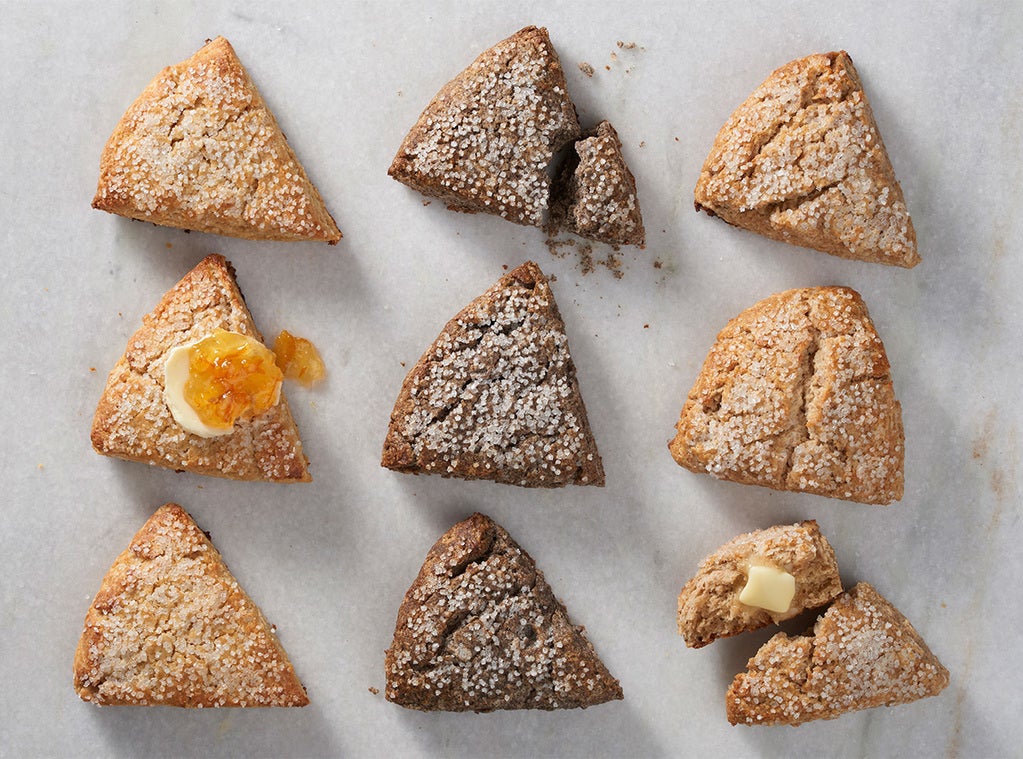
Ancient grains are definitely just as cool as they're made out to be. Each of the flours I tested had a unique taste and contributed varying degrees of textural complexity to the recipes. That said, I did have some favorites. Here are just a few I recommend trying:
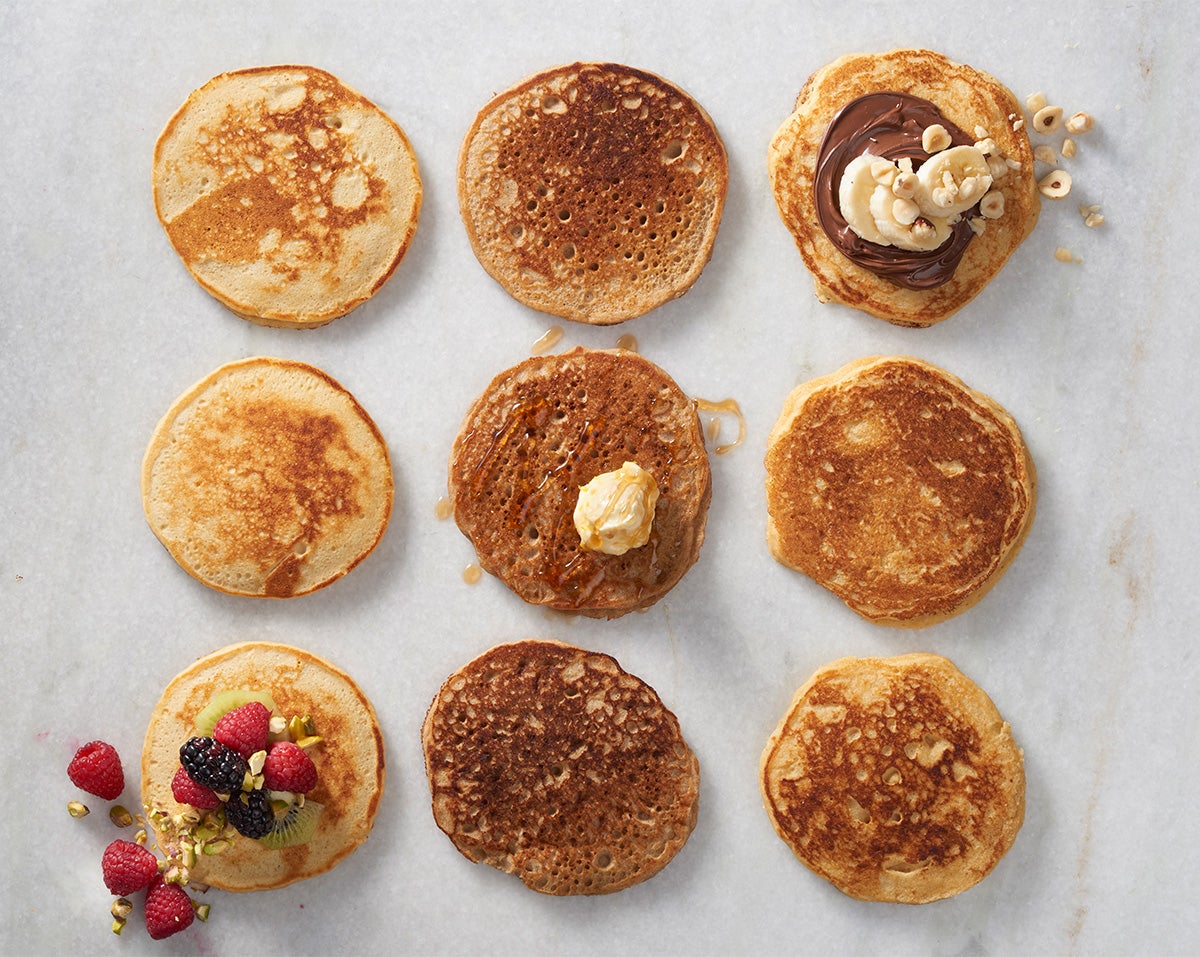
As for takeaways from the project, our new Guide to Baking with Ancient Grains includes all the results from our extensive testing, and is chock full of useful tidbits on each grain, as well as suggestions for how you can start incorporating them into your baking. But without getting into all that nitty-gritty, here are some of general tips to help get you started:
We loved experimenting with ancient grains, and will continue to do so and pass along our findings. In the meantime, we encourage you to check out our guide and start incorporating these unique, flavorful grains into your baking. As always, we’d love for you to share your own experiences and discoveries with these versatile ancient grains; tell us what you think in comments, below.